Physical Address
304 North Cardinal St.
Dorchester Center, MA 02124
Physical Address
304 North Cardinal St.
Dorchester Center, MA 02124
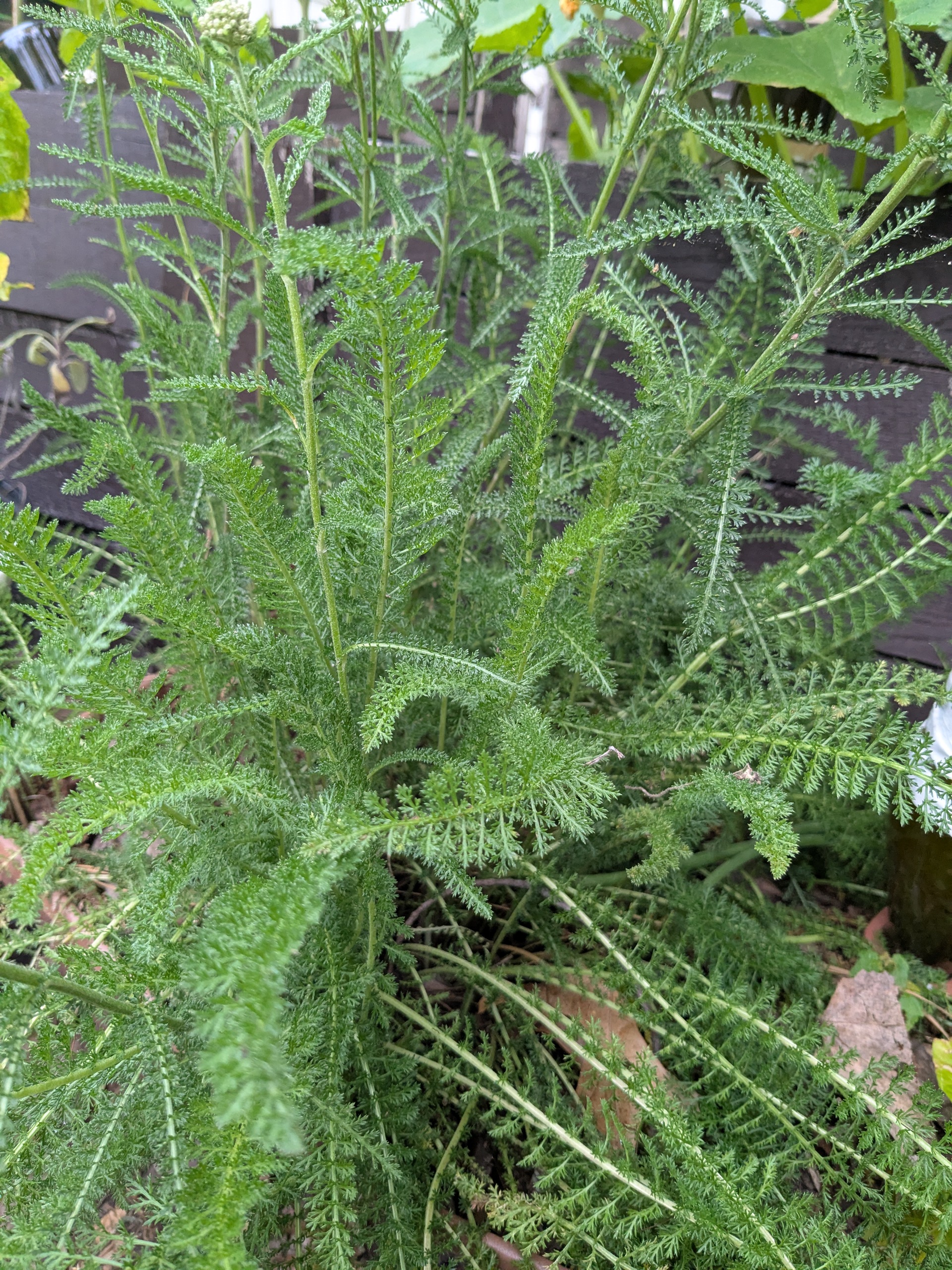
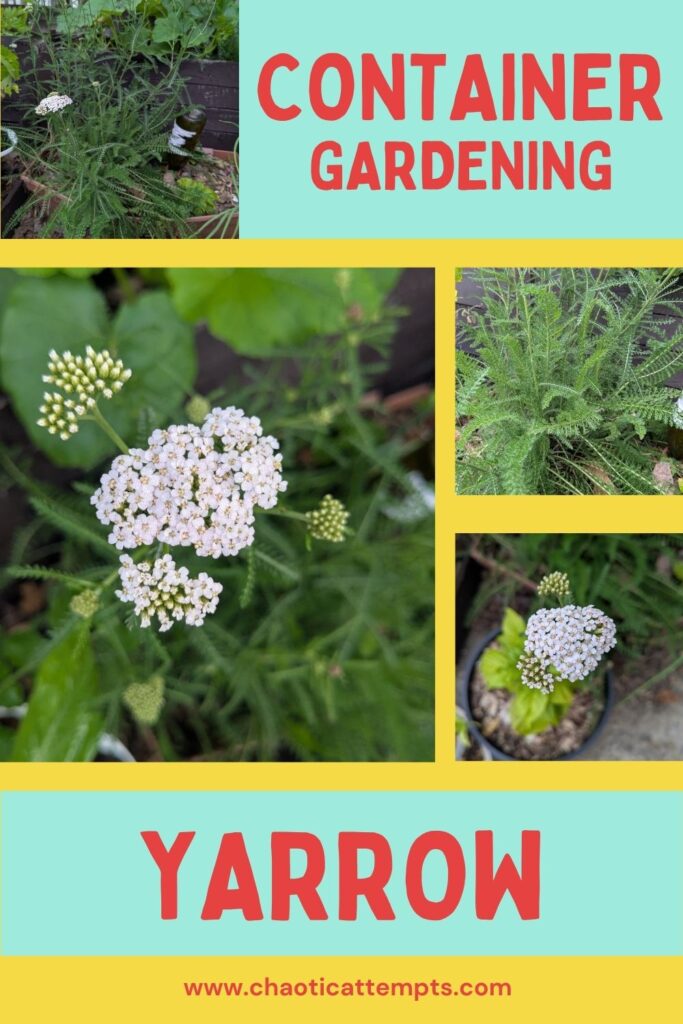
Yarrow (Achillea millefolium) is a common flowering plant in the daisy family. The wild type produces lovely white flowers all summer long and there are many ornamental cultivars that come in a variety of colors from pink to yellow.
Native to almost the entire temperate northern hemisphere, yarrow can be found in North America, Europe and Asia. Due to its abundance and wide range it has a long history being used by humans as a food, bittering agent and, most commonly, as a medicine.
So, with all of that said, why should you add yarrow to your container garden this year?
From my experience the reasons not to grow yarrow are much fewer: you don’t like the look of the flowers or you don’t have the space.
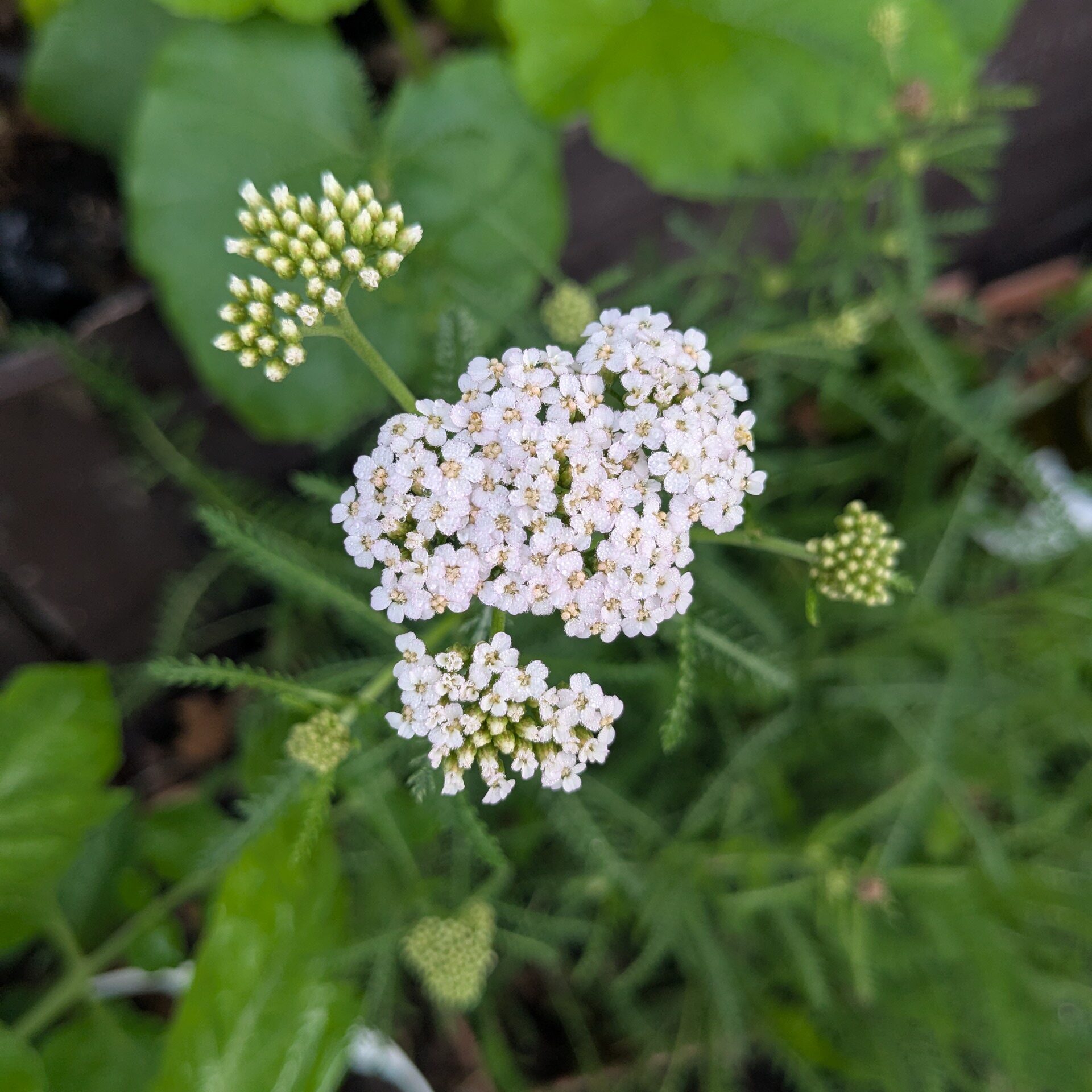
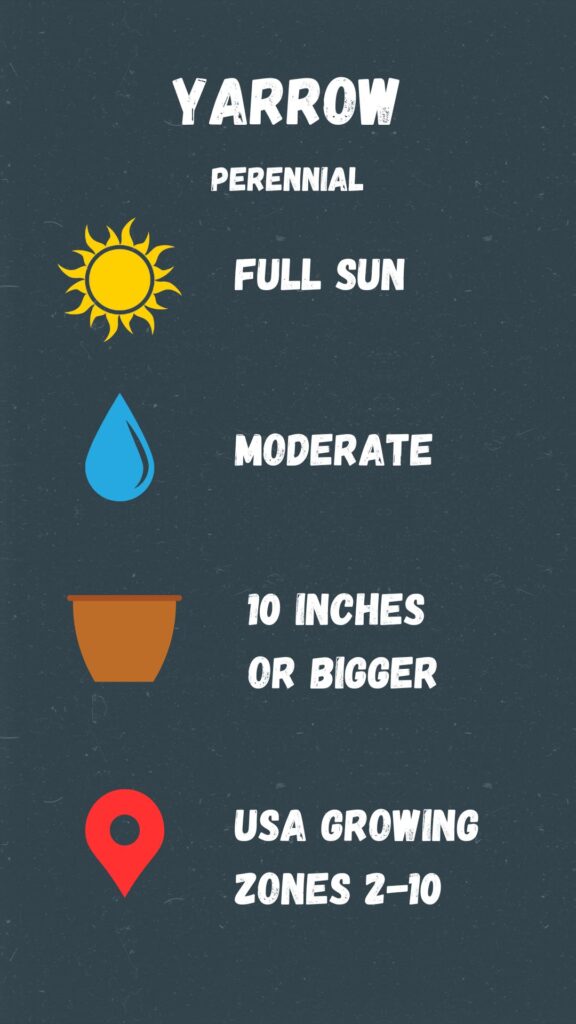
Yarrow is said to have many medicinal properties including but not limited to:
To use it, one must simply harvest the leaves and flowers. The aerial parts of the plant can be used both fresh or dried to make tea, tinctures, poultices, salves, first-aid powders, cooked greens and alcoholic beverages.
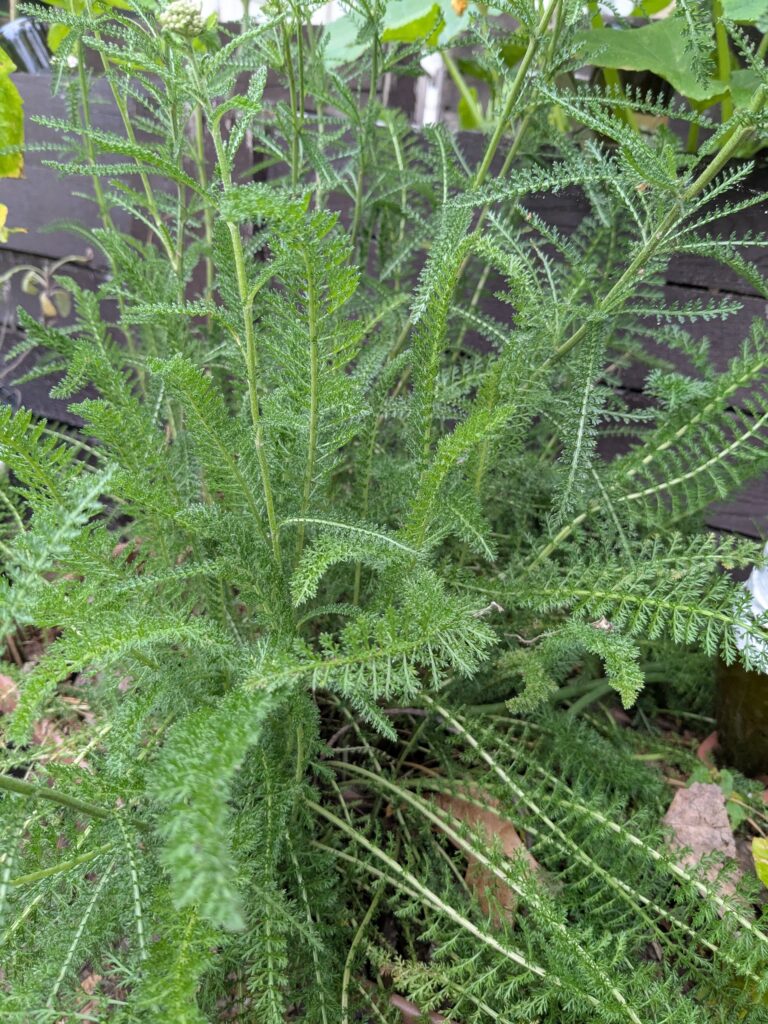
I keep yarrow flowers in my herbal apothecary as a tea. The leaves can also be used, but I think they have a slightly more bitter flavor. For a delicious cold and flu drink steep 1/3 tsp yarrow flowers, 1/3 tsp peppermint leaves and 1/3 tsp of elderflower in a cup of boiling water for 10 minutes.
To use yarrow as a first aid powder your should first dry the leaves and grind them up. When needed, you can apply a small amount of the powder to your open wound (or even a nosebleed) to quickly staunch the bleeding.
In addition to using yarrow as medicine, I occasionally add yarrow leaves to my morning omelettes. I love adding a variety of greens to my omelettes throughout the week because different greens have different nutrient profiles which allows me to stay healthy without taking a daily multivitamin.
I hope you enjoyed this article and that you will consider adding yarrow to your container garden this year!
Online Resources:
Books I love:
I am an Amazon Associate and that is reflected in the below affiliate links. I will make a small commission if you purchase the below books with my affiliate link. That being said, please check your local or favorite indie book store for them! I’d much rather you support a small business than give me a kick-back.